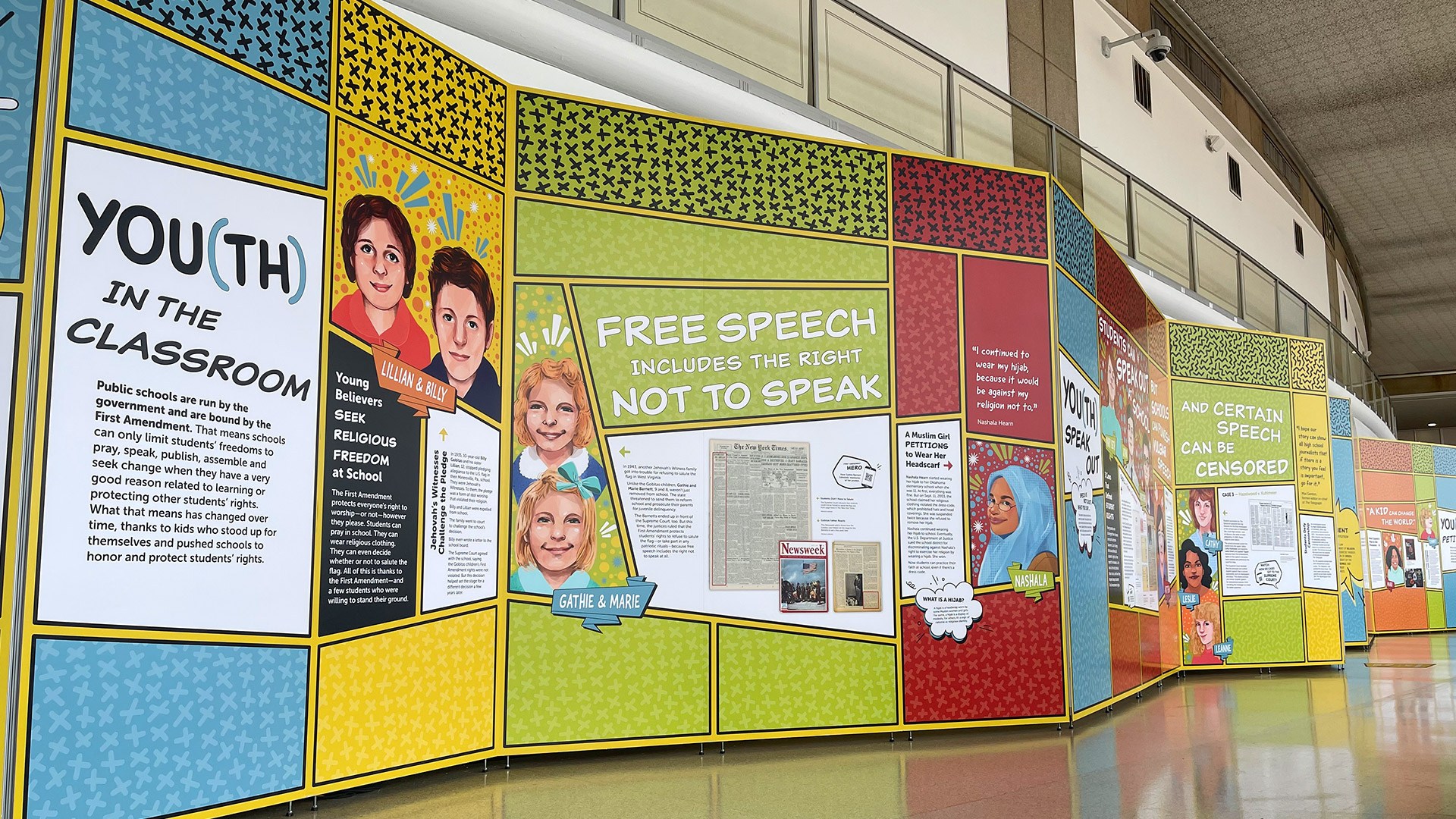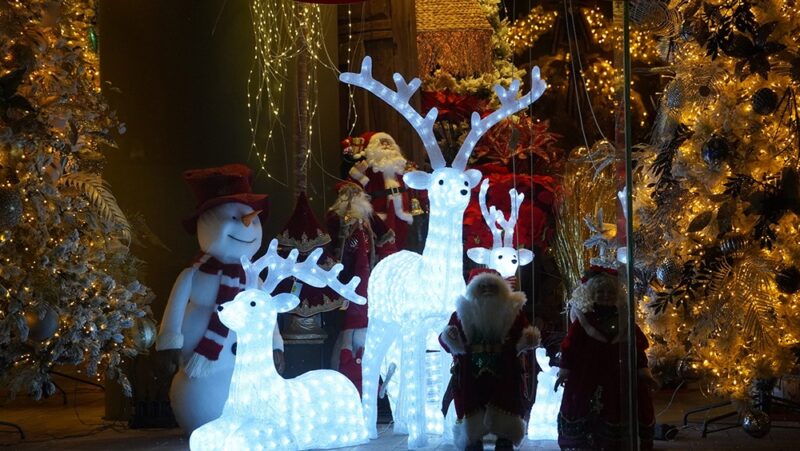For our freedoms, age is just a number

The First Amendment doesn’t specify whom it protects. So that means anyone of any background, so long as their feet are on United States soil, is covered. That includes our very youngest.
Some brave kids have harnessed their First Amendment power to make themselves heard, seen and recognized.
Here are six kids from ages 6 to 16 who have shaped our country by using their First Amendment rights.
TIMMY MORRISON, 6
Timmy is a part of the Little Lobbyists. Along with his parents and other families, he went to Congress to petition lawmakers to protect the Affordable Care Act in 2017. Many of the children who are part of the Little Lobbyists have special medical needs and relied on the protections that the ACA provided. Thanks to the efforts of Timmy and petitioners like him, the Affordable Care Act survived.
MARI COPENY, 8
The water in Mari Copeny’s hometown of Flint, Mich., was so dangerous that she couldn’t take a bath. So, the 8-year-old used her First Amendment right to petition then-President Barack Obama.
In 2016, she wrote him a letter about Flint’s lead-filled water. Obama flew there a month later to meet Mari and hear the complaints of many in the community.
Obama later signed legislation that gave $100 million to help fix Flint’s broken water system that endangered more than 25,000 kids, most of whom were Black. Mari raised awareness of environmental racism. Today, she uses her platform to bring clean water to people all over the country.
BILLY GOBITAS, 10
Pledging allegiance to the U.S. flag was against Billy’s religion. As a Jehovah’s Witness, he believed it was a form of idol worship. But in 1935, his right to choose to recite the pledge wasn’t protected. Billy was expelled from school for exercising his religious beliefs.
He wrote a letter to the school board explaining his beliefs, and his family challenged the school’s decision in court, but the Supreme Court said the decision didn’t violate Billy’s First Amendment rights.
About a decade later, another Jehovah’s Witness family, the Barnetts, won their fight to not recite the pledge. However, it wasn’t for religious freedom reasons; it was based on freedom of speech.
Check out the letter Billy wrote to his school board, petitioning for his right to practice his faith freely.
NASHALA HEARN, 12
Nashala started wearing her hijab, a headwrap worn by some Muslim women and girls, to her Oklahoma elementary school when she was 11. At first, everything was fine. But on Sept. 11, 2003, the school claimed her religious clothing violated the dress code, which prohibited hats and head coverings. She was suspended twice because she refused to remove her hijab.
Nashala continued wearing her hijab to school. Eventually, the U.S. Department of Justice sued the school district for discriminating and interfering with Nashala’s right to exercise her religion by wearing a hijab. She won. Now students can practice their faith at school, even if there’s a dress code.
BRANDI LEVY, 14
In 2017, Brandi cursed school, softball and her cheerleading squad in a rant on Snapchat. She posted from a convenience store outside of school hours, but her junior varsity cheer squad suspended her for violating its code of conduct.
Brandi and her parents took the school district to court, arguing it didn’t have the right to punish off-campus speech. The Supreme Court agreed. But the court said schools can punish off-campus speech such as cyberbullying and threats – if that speech disrupts the school setting.
The precedent for Brandi’s case was based on a students’ rights win almost 50 years earlier in Tinker v. Des Moines Independent Community School District – led in part by another teenage girl, Mary Beth Tinker. The Supreme Court said students don’t “shed their constitutional rights to freedom of speech and expression at the schoolhouse gate,” but students may be disciplined if their speech “materially disrupts classwork or involves substantial disorder or invasion of the rights of others.”
We spoke to Brandi about her journey to the Supreme Court and what her win means to students across the country.
BARBARA JOHNS, 16
Barbara organized a walkout at her all-Black Virginia high school in 1951 because the underfunded, overcrowded school lacked such basics as desks and a gym. More than 450 students left school to protest.
The students also sued the school system over the shoddy facilities. It was one of the five cases that was decided under the landmark Supreme Court ruling in Brown v. Board of Education of Topeka. That case ended legal segregation in America’s public schools.
Children have played a critical role in how our country has grown and changed. Many kids have used the freedoms of religion, speech, press, assembly and petition to make change.
The First Amendment has no age limit. No matter your age, you can take action – big or small – to build a better future for us all.
“The First Amendment and You(th),” the Freedom Forum’s newest exhibit, is now open at Reagan National and Dulles International airports in the Washington, D.C. area. Visit the exhibit to see more stories of kids putting their freedoms into action.
Generous support for this exhibit was provided by the John S. and James L. Knight Foundation.
How the ‘Reindeer Rule’ Keeps Christ in Christmas Displays
Obscenity Examples: 11 Times Pop Culture Got Banned
Related Content
2025 Al Neuharth Free Spirit and Journalism Conference
All-Expenses-Paid Trip To Washington, D.C.
June 22-27, 2025
Skill-Building
Network Growing
Head Start On Your Future


